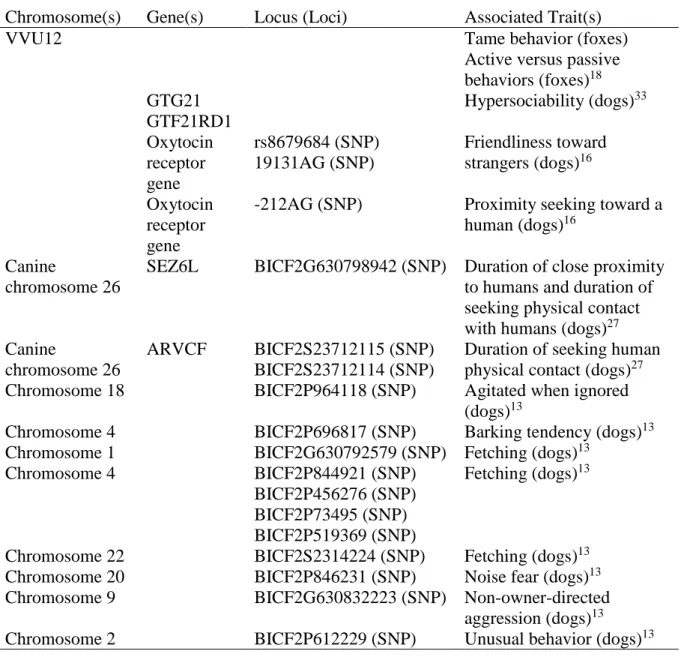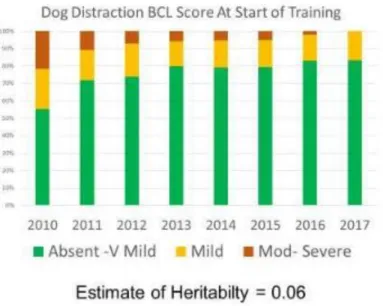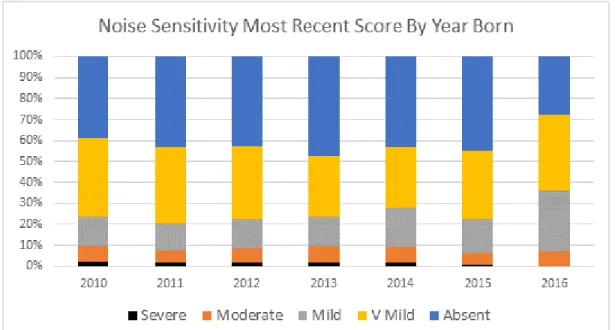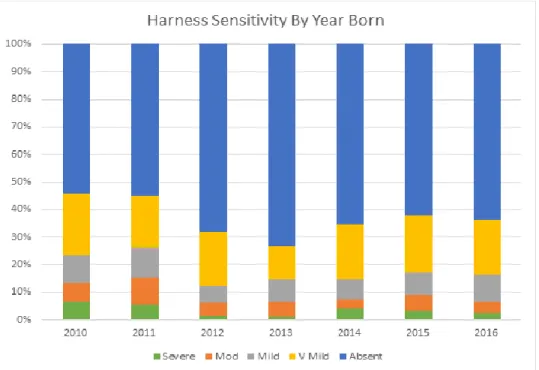However, it is possible that if breeders focused more on the genetics, and perhaps the behavioral traits of the animals, rather than their physical characteristics, there could be more improvement and less disorder in purebreds. The main purpose of this paper is to demonstrate how useful it is to use heritability estimates to breed behavioral traits and how breeding for behavioral traits can be the next big step in the further domestication of domesticated animals and wild species. . For example, Guiding Eyes for the Blind (GEB) has used heritability estimates to breed for desirable behavioral traits in their dogs.
When breeders use EBVs as a basis for breeding selection, genetic gains regarding behavioral traits are likely to increase21. Service dogs make a huge difference to many visually impaired people, allowing them to do more things despite their disabilities, and these dogs can become even better through the use of heritability estimation to breed for behavioral traits. This experiment was intended to determine whether these types of behavioral traits could be selected through the breeding process.
This association means that there may be specific genomic regions, genes, or chromosomes that are associated with behavioral traits in more than one species. These heritability estimates could be introduced into their breeding programs as a way of breeding desirable behavioral traits in their animals, which is particularly useful for service dog breeding programs. For example, Guiding Eyes for the Blind (GEB) is an organization that has begun using heritability scores to further domesticate and breed dogs for desirable behavioral traits.
The purpose of this thesis is to expand knowledge of heritability and how heritability estimates can be applied to breeding for behavioral traits for multiple species, and to explore the possibility that particular chromosomes are associated with behavioral traits, either cross-species or species specific. .
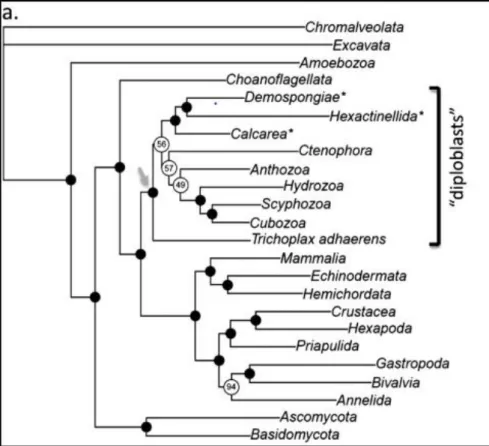
Heritability
There are various methods that breeders can use to select for desired behavioral characteristics of the offspring both before and after birth. This hope is based on the idea that these traits can be inherited, which would mean that these traits are somehow related to genetics. This extreme sociability is called hypersociability and has been linked to genes within the Williams-Beuren syndrome (WBS) locus.
In addition to GTF21 and GTF21RD1, other genomic regions have been shown to be associated with human-directed social behavior16, 33. One of the other genes associated with human-directed social behavior is the oxytocin receptor gene. More specifically, three single nucleotide polymorphisms (SNPs) in the canine oxytocin receptor gene in German shepherds and border collies - rs AG and -212AG - were found to be significantly associated with this behavior16.
The proximity-seeking trait was associated with the -212AG polymorphism, while the friendship trait was associated with the other two. These associations between oxytocin receptor gene polymorphisms and behavioral traits indicate that the oxytocin system influences the social behavior of dogs toward humans16. Other genomic regions associated with human-directed social behavior can be found on dog chromosome 26.
A total of three genetic markers (identified loci) have been found to be strongly associated with this desirable behavioral trait, some of which have been found in beagles and golden and labrador retrievers. SNP BICF2G630798942, located within the SEZ6L gene, was significantly associated with two types of human-directed social behavior: duration of close proximity to humans and duration of seeking physical contact with humans. BICF2S23712115 and BICF2S23712114 were only associated (just slightly less than significantly . associated) with the duration of seeking human physical contact27.
Similar to these SNPs in beagles, two identical SNPs on chromosome 26 were found to be associated with human-directed social behavior in golden retrievers and Labrador retrievers26. Two SNPs associated with this behavior in golden retrievers and Labrador retrievers are BICF2G630798942 and. BICF2S23712114, concluding that these specific genomic regions are associated with human-directed social behavior in more than one dog breed26.
Specifically, eleven SNPs (in eight genomic regions) were inferred to be associated with six behavioral traits as follows: startle in the face of being ignored, linked to BICF2P964118 on chromosome 18; barking tendency linked to BICF2P696817 on chromosome 4; gain associated with BICF2G630792579 on chromosome 1, with BICF2P844921, BICF2P456276, BICF2P73495 and BICF2P519369 included. However, even behavioral traits considered to have high heritability scores are still influenced by environmental factors, such as the way animals are raised and trained.
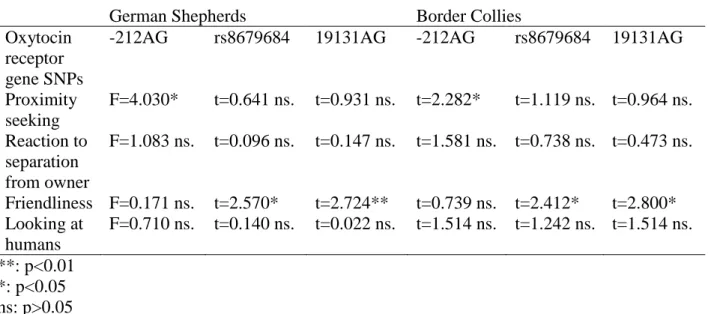
Guiding Eyes for the Blind (GEB) I. How GEB uses heritability
This implies that using heritability estimates and breeding values for the Blindeye for the Blind breeding program is a reliable way to predict behavior in subsequent breeding in this program. Guiding Eyes for the Blind also decides which traits to breed for based on traits that are common reasons a dog is dismissed from the guide program. In terms of physical traits or potential issues, Guiding Eyes for the Blind (GEB) breeds for and against certain physical traits using heritability estimates and by genotyping.
Therefore, by using heritability estimates of this disease, Guiding Eyes for the Blind breeders can successfully apply selection pressure to reduce the incidence of this disease in their dogs. This is an important factor to consider especially for Guiding Eyes for the Blind (GEB) because a large majority of the dogs being bred and trained are Labrador Retrievers. This is beneficial to Guiding Eyes for the Blind (GEB) breeding because it allows the GEB to select against certain physical traits that they find undesirable in their guide dogs.
The behavioral characteristics of guide eyes for the blind are very important because there are several desirable behavior patterns for a guide dog to be the most ideal guide dog. In addition, Guiding Eyes for the Blind defines temperament as consisting of the dog's confidence, distraction and ease. Additionally, personality has been described by Guiding Eyes for the blind as the difference between shyness and boldness (GEB Breeding Manual, 2019, unpublished data; . unreferenced).
The final two behavioral traits that Guiding Eyes for the Blind (GEB) considers in breeding are harness sensitivity, which describes how drastically dogs react to wearing a harness, and noise aversion, which describes how a dog reacts to loud noises (GEB Breeding Manual), 2019, unpublished data; without reference). One of the behavioral traits that Guiding Eyes for the Blind breeds for is dog distraction. Another behavioral trait that Guiding Eyes for the Blind (GEB) selects for is fear of noise.
Guiding Eyes for the Blind has made progress over the years in improving this trait in dogs by implementing Estimated Breeding Values (EBVs) and applying selection pressure to this trait (GEB Breeding Manual, 2019, unpublished data; no citation). Comparison of noise sensitivity rates from 2010 to 2016 in dogs bred through the Guiding Eyes for the Blind program (GEB, 2019, unpublished data; unreferenced). The last behavioral trait to discuss that Guiding Eyes for the Blind cultivates is waist sensitivity, and it is the most heritable of the three behaviors.
From 2012 to 2016, Guiding Eyes for the Blind was able to improve this characteristic, and the severe and. The comparison of harness sensitivity levels from 2010 to 2016 in dogs bred through Guiding Eyes for the Blind (GEB, 2019, unpublished data; without reference).
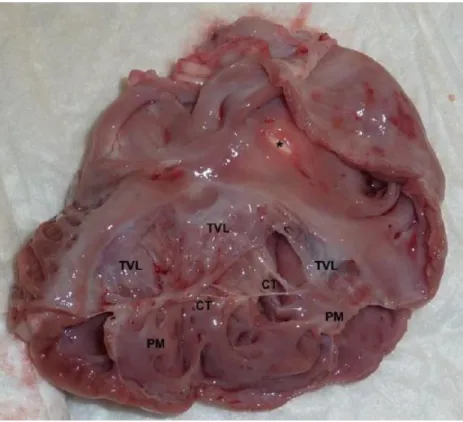
Other experiments focusing on behavioral traits
The other major reason for people to breed for behavioral traits is for the purpose of domestication and to make animals more sociable. In addition to Guiding Eyes for the Blind, there were other cases where animals were bred for different behavioral traits to aid further domestication. One of those cases focused on German shepherds and the heritability of the following seven different behavioral traits: self-confidence, nervous stability, temperament, hardness, sharpness, defensiveness, and fighting spirit29.
This case indicates that there are more behavioral traits than those Guiding Eyes for the Blind focuses on that can be selected for through breeding. Another case where animals are bred based on behavioral traits to promote domestication efforts is an experiment focusing on captive foxes10. Therefore, the use of selective breeding for behavioral traits can promote the domestication of foxes and help make the foxes more sociable.
Another example of breeding for behavioral traits is examined in a case study that focused on breeding against harmful behavior, such as feather pecking, in laying hens5. Overall, these cases show that estimates of heritability and/or breeding for behavioral traits can be applied to more than just dogs and to more than just one type of behavioral trait. However, it would be beneficial if more breeders would look at breeding for behavioral traits and apply heritability estimates to their methods of selective breeding.
However, using these estimates to breed for behavioral traits would be a beneficial addition to the breeding process. In addition, several genes and genomic regions were found to be associated with behavioral traits in both dogs and foxes, and some of these regions and associated chromosomes were even found to be related to each other between the two species. For example, rats and foxes were experimentally bred to determine whether certain behavioral traits could be inherited, which the results showed they could.
Overall, this thesis has shown that behavioral traits can be selected for during breeding and there are a few ways to do this, one of them being the use of heritability estimates. More research should be done on what other behavioral traits are strongly genetically linked, especially for species other than dogs. Further research should also be done to determine whether there are any specific chromosomes or genes within or between species that are associated with behavioral traits.
The amount of further research that can be done is essentially limitless because there are so many aspects to breeding behavioral traits and using heritability estimates. Behavioral traits relevant to Guiding Eyes for the Blind and their legacies (if applicable).
